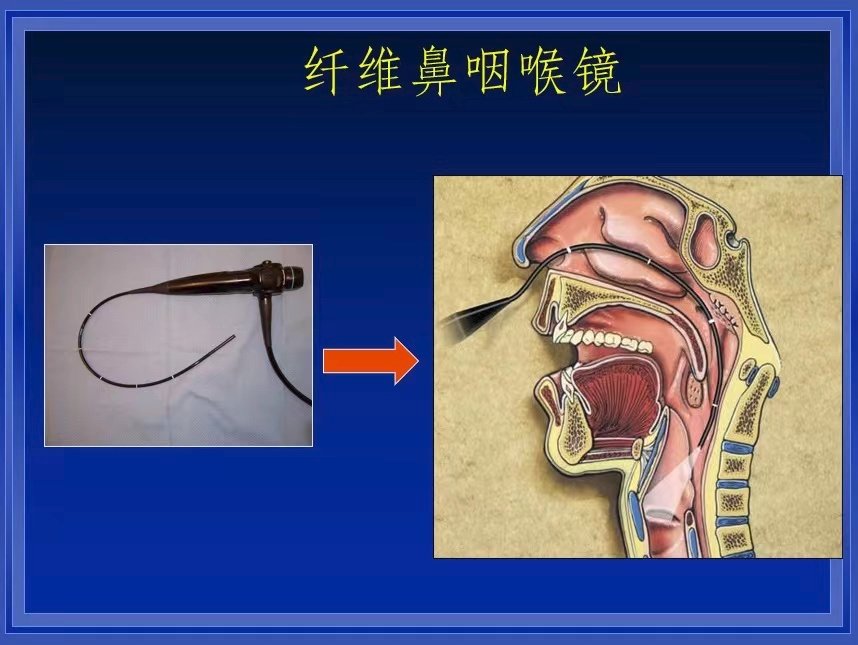內容目錄
Mr. Zhang is an elementary school teacher. She is usually serious and responsible in class, amiable, and the students like her very much. Teacher Zhang has been very troubled recently, because her voice has been hoarse for several months, she has taken a lot of medicine, and drinking a lot of honeysuckle fat sea water is useless, sometimes it is a little better, but after a few classes, the throat starts Dry and painful, her voice immediately began to hoarse again, which seriously affected her teaching work, and sometimes she could not even go to class normally. In desperation, Mr. Zhang came to the Otolaryngology Department of Guizhou Provincial People’s Hospital. The doctor found that Mr. Zhang suffered from vocal cord nodules. After Nie Min, the deputy chief physician of the Otolaryngology Department, gave Mr. Zhang voice training, Mr. Zhang finally recovered. With a normal voice, I returned to my beloved classroom.

In recent years, with the progress of society and the rapid development of the economy, people’s exchanges have also gradually increased, followed by It is the frequent occurrence of people’s voice diseases. According to a survey by the Voice Disease Institute, about 100 million people in China have various voice diseases. Among them, teachers, individual businessmen, singers, etc. are the main high-risk groups, and voice diseases have caused patients to be unable to communicate normally. make patients miserable. Next, Nie Min, deputy chief physician of the Department of Otolaryngology and Head and Neck Surgery of Guizhou Provincial People’s Hospital, will tell you what voice diseases are, as well as the symptoms, diagnosis and treatment of voice diseases.

I. What is voice disease
Voice disease refers to the quality, volume, and tone of sound Abnormalities in aspects such as pronunciation duration and excessive use of the voice and improper use of the voice are the main causes. According to the pathogenesis, it can be divided into the following categories: 1. Voice diseases caused by poor vocalization behavior; 2. Congenital lesions of the vocal cords; 3. Vocal cord dyskinesias; 4. Functional vocalization disorders; 5. Other benign vocal cord lesions. It should be noted that acute respiratory tract inflammation, such as hoarseness caused by acute laryngitis and bronchitis, is not a voice disease. This type of hoarseness is mainly one of the symptoms of respiratory tract inflammation, and the voice can return to normal as the inflammation subsides.
2. Symptoms and diagnosis of voice diseases
The most common clinical symptom of voice diseases is hoarseness. When the hoarseness persists for more than two weeks, it is necessary to go to the hospital for examination. The dynamic video laryngoscope can be used to understand whether there are new organisms in the vocal cords and the vibration of the vocal cords. Voice analysis can evaluate the pitch loudness of the sound, and the regularity and stability of the vocal cord vibration. The presence or absence of voice disease and the type of voice disease can be understood through a detailed medical history and examination.
III. Treatment of voice diseases
Currently, the treatment of voice diseases includes surgical treatment and conservative treatment. Conservative treatment includes voice health care, voice training, drug therapy, etc. Among them, voice health care and voice training are the important contents of conservative treatment. Voice health care includes developing good living habits, going to bed early and getting up early, regular work and rest, and insisting on exercising; correcting bad behaviors, such as throat clearing, overeating, shouting and drinking; avoiding inhalation of dust and irritating inhalants Wait. Voice training is a non-invasive treatment method suitable for a variety of voice diseases. It can treat voice diseases by correcting the wrong way of vocalization. Its effectiveness has been confirmed by a large number of clinical studies. Voice surgery mainly includes vocal cord microsurgery, laryngeal stent surgery, laryngeal nerve surgery and intra-vocal cord injection techniques. Usually physicians will formulate a personalized comprehensive treatment plan for the patient according to the patient’s condition.
Fourth, what is voice training
Voice training is to correct the wrong way of vocalization, regulate vocal behavior, protect the function of vocal cords, promote the recovery of vocal lesions, and reduce recurrence, so as to treat the voice Disease is the most fundamental and effective way to solve and treat voice diseases. In addition to treating voice disease alone, voice training can also be used before and after surgery to reduce recurrence and prevent surgical complications.
The Department of Otolaryngology and Head and Neck Surgery of Guizhou Provincial People’s Hospital has been conducting voice surgery for more than 10 years, and has carried out voice training for 5 years, helping hundreds of patients with voice diseases to restore their voices to health. If hoarseness persists for more than 2 weeks, it is recommended that the patient go to the otorhinolaryngology department in time to make a clear diagnosis, so as to receive timely treatment and relieve pain.